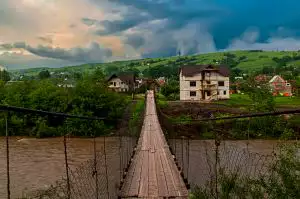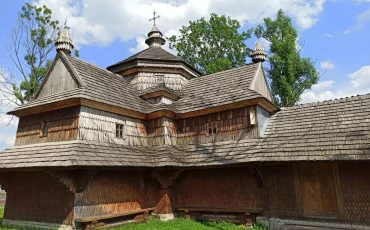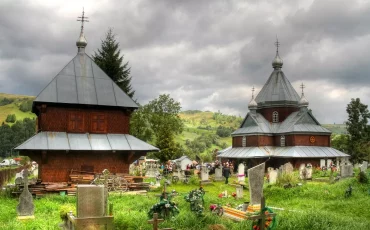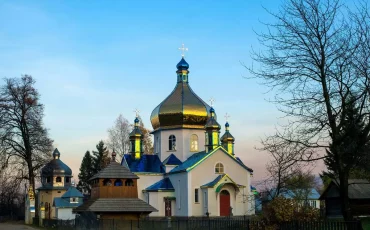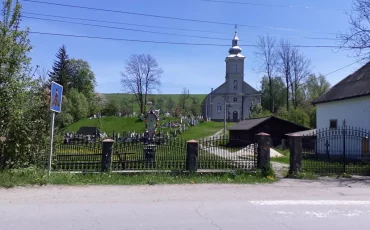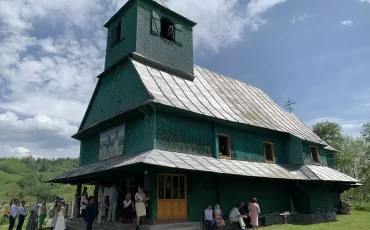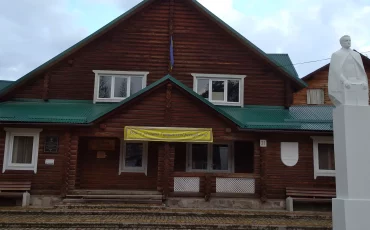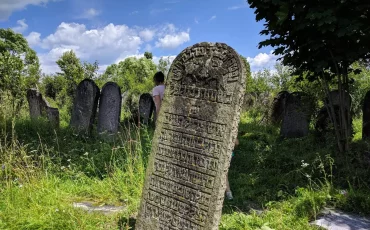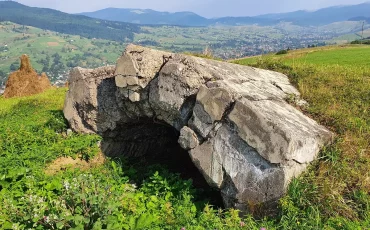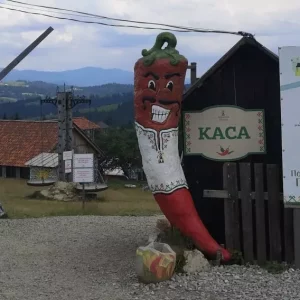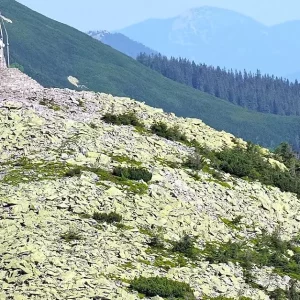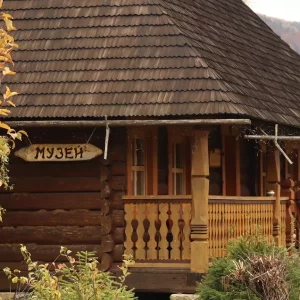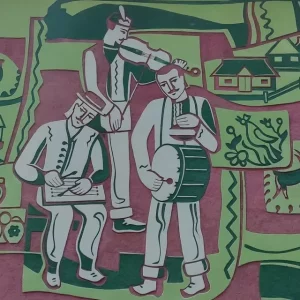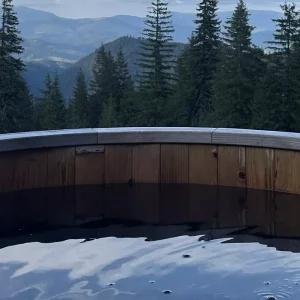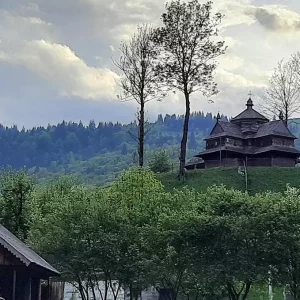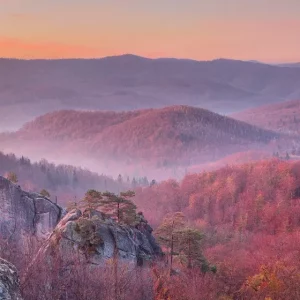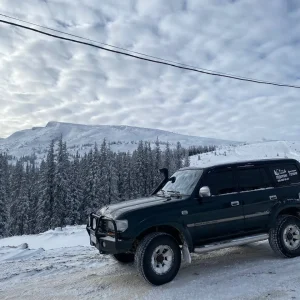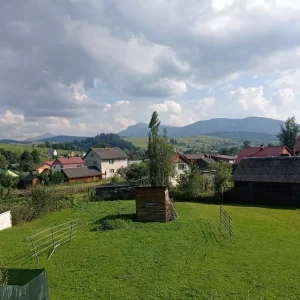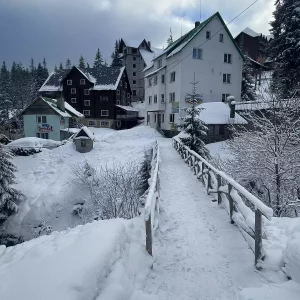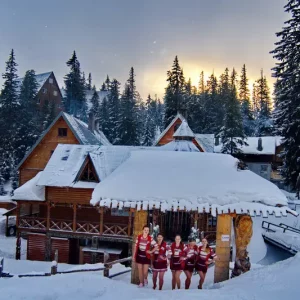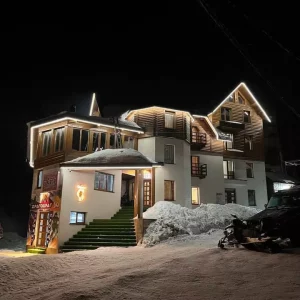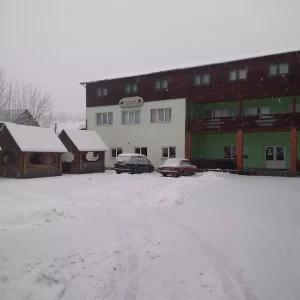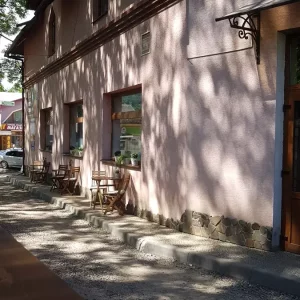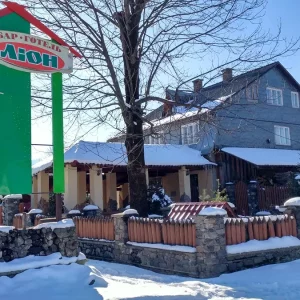The first written mention of Yasinya dates back to 1555. At that time, the majority of the village’s population were Hutsuls, and the settlement itself belonged to the Hungarian nobleman Dragfe. From 1587 to 1944, the Hungarians themselves called the village Keremsezo, not Yasinya. In 1583, Yasinya became the property of the nobleman Karol, and in 1672 it became the property of the Bychkivska state dominion. At that time, timber development began to develop in Yasinya. For this purpose, German colonists were actively resettled here in the second half of the eighteenth century. The local ordinary Hutsul population was heavily oppressed and exploited by foreign invaders, which gave rise to an active movement of rebels – “opryshky” – in the eighteenth century. The legendary Carpathian Robin Hood, Oleksa Dovbush, stayed here twice in 1743 and 1745 with his troops. The residents of Yasinya also took an active part in the revolution of 1848-1849. Their uprising in 1849 was brutally suppressed by a punitive detachment.
Starting in 1800, Jews began to actively move to Yasinya. The first representative of the Jewish community of the village was Mr Marmarosh with his family. He was engaged in the trade of products in order to provide for the local population and immigrants from Germany who worked in logging. Until 1944, the Jewish community played a significant role in the life of the village. However, it was almost completely destroyed as a result of the Nazi genocidal policy against the Jewish population. Since then, the Jewish cemetery, the kirkut, has survived from the Jewish community of Yasinia to the present day.
In the nineteenth century, Yasinya was granted the right to have its own coat of arms and seal. The coat of arms depicted an ash tree and a sheep. Since the beginning of the XIX century, the first parochial schools appeared in Yasinya. At first, they were taught in the Church Slavonic language.
A significant impetus for the development of the village’s economy was the railway connection in 1896. First of all, the local railway was used for timber export.
In autumn 1918, the Austro-Hungarian Empire, which included Yasinia, collapsed. The local residents took advantage of these events and raised an armed uprising, which resulted in the establishment of the Hutsul Republic with its capital in Yasinya on 08.01.1919. The republic’s leadership sought to reunite with all Ukrainian lands within a single Ukrainian state. However, in the summer of 1919, the Hutsul Republic was occupied by Romanian troops. After the conclusion of the Saint-Germain Peace Agreement, Yasinya, like all Transcarpathia, became part of Czechoslovakia. The next attempt at state-building was the events of 1938-1939, when first an autonomous Subcarpathian Rus was created, and on 15 March 1939, independent Carpathian Ukraine was proclaimed. However, already on 17 March 1939, Yasinya was occupied by Hungarian troops. The struggle for Ukrainian statehood continued in 1944-1953, when the OUN-UPA members provided armed resistance to the criminal Soviet regime. Since 1991, after Ukraine gained independence, Yasinya has been actively developing as a tourist centre.
